Ditapis dengan
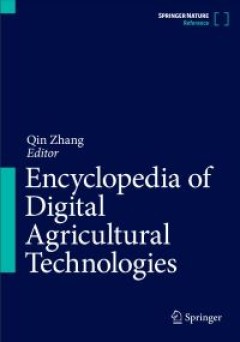
Encyclopedia of Digital Agricultural Technologies
Digital agriculture is an emerging concept of modern farming that refers to managing farms using modern Engineering, Information and Communication Technologies (EICT) aiming at increasing the overall efficiency of agricultural production, improving the quantity and quality of products, and optimizing the human labor required and natural resource consumption in operations. This encyclopedia is d…
- Edisi
- -
- ISBN/ISSN
- 978-3-031-24861-0
- Deskripsi Fisik
- 1636 hlm.
- Judul Seri
- -
- No. Panggil
- -
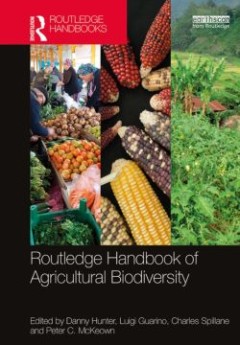
Routledge Handbook of Agricultural Biodiversity
The world relies on very few crop and animal species for agriculture and to supply its food needs. In recent decades, there has been increased appreciation of the risk this implies for food security and quality, especially in times of environmental change. As a result, agricultural biodiversity has moved to the top of research and policy agendas. This Handbook presents a comprehensive overview …
- Edisi
- -
- ISBN/ISSN
- 978-1-315-79735-9
- Deskripsi Fisik
- 711 hlm.
- Judul Seri
- -
- No. Panggil
- -
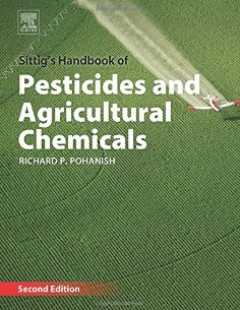
Sittig's Handbook of Pesticides and Agricultural Chemicals
This reference handbook provides fully updated chemical, regulatory, health, and safety information on nearly 800 pesticides and other agricultural chemicals. The clear, consistent and comprehensive presentation of information makes Sittigs an essential reference for a wide audience including first responders, environmental and industrial health/safety professionals, the food industry, the agri…
- Edisi
- -
- ISBN/ISSN
- 978-1-4557-3148-0
- Deskripsi Fisik
- 998 hlm.
- Judul Seri
- -
- No. Panggil
- -
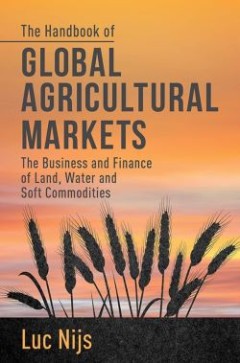
The Handbook of Global Agricultural Markets: The Business and Finance of Land…
This book is a one-stop reference for practitioners and academics in finance, business and economics, providing a holistic reference to the international agriculture business. It takes a multidisciplinary approach, looking at the issues, opportunities and investable themes in the global agricultural space, combining research and practical tools.
- Edisi
- -
- ISBN/ISSN
- 978-1-137-30234-2
- Deskripsi Fisik
- 603 hlm.
- Judul Seri
- -
- No. Panggil
- -
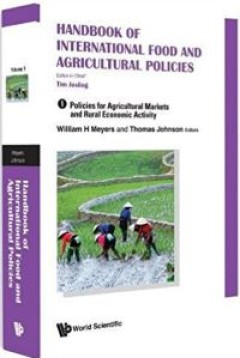
Handbook of International Food and Agricultural Policies I: Policies for Agri…
Handbook of International Food and Agricultural Policies is a three-volume set that aims to provide an accessible reference for those interested in the aims and implementation of food and farm policies throughout the world. The treatment is authoritative, comprehensive and forward looking. The three volumes combine scholarship and pragmatism, relating academic writing to real-world issues faced…
- Edisi
- -
- ISBN/ISSN
- 978-9-813-22628-9
- Deskripsi Fisik
- 1210 hlm.
- Judul Seri
- -
- No. Panggil
- -

Economic Factors of the Development of Agricultural Markets and Rural Areas
The agri-market is one of the core sectors of the economy, responsible for producing goods and the fulfilment of nutritional needs. It includes agriculture, which produces food, and the food industry, which involves processing agricultural products. Therefore, it is crucial to analyze the development of agri-markets on both local and international scales. International trade is an important fac…
- Edisi
- -
- ISBN/ISSN
- 978-3-0365-5674-1
- Deskripsi Fisik
- 280 hlm.
- Judul Seri
- -
- No. Panggil
- -
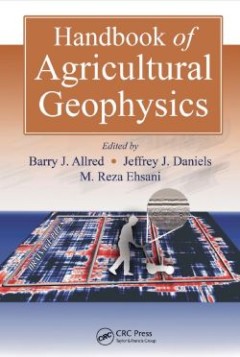
Handbook of Agricultural Geophysics (Books in Soils, Plants, and the Environm…
Precision farming, site infrastructure assessment, hydrologic monitoring, and environmental investigations — these are just a few current and potential uses of near-surface geophysical methods in agriculture. Responding to the growing demand for this technology, the Handbook of Agricultural Geophysics supplies a clear, concise overview of near-surface geophysical methods that can be used in a…
- Edisi
- -
- ISBN/ISSN
- 978-0-8493-3728-4
- Deskripsi Fisik
- 434 hlm.
- Judul Seri
- -
- No. Panggil
- -

Waste Treatment in the Biotechnology, Agricultural and Food Industries Volume 1
This book and its 2 sister books (Volumes 2 and 3) of the Handbook of Environmental Engineering (HEE) series have been designed to serve as a mini-series covering agricultural and green biotechnologies. It is expected to be of value to advanced undergraduate and graduate students, to designers of sustainable biological resources systems, and to scientists and researchers. The aim of these books…
- Edisi
- -
- ISBN/ISSN
- 978-3-031-03591-3
- Deskripsi Fisik
- 494 hlm.
- Judul Seri
- -
- No. Panggil
- -
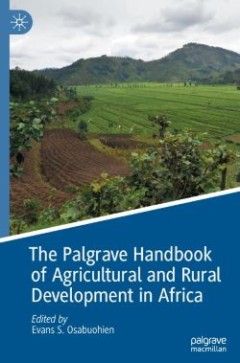
The Palgrave Handbook of Agricultural and Rural Development in Africa
This handbook examines agricultural and rural development in Africa from theoretical, empirical and policy stand points. It discusses the challenges of the United Nations Sustainable Development Goals (SDGs) and assesses how poverty and other development concerns can be addressed in rural communities through agricultural transformation. Additionally, the handbook extends the Post-2015 Developme…
- Edisi
- -
- ISBN/ISSN
- 978-3-030-41513-6
- Deskripsi Fisik
- 669 hlm.
- Judul Seri
- -
- No. Panggil
- -
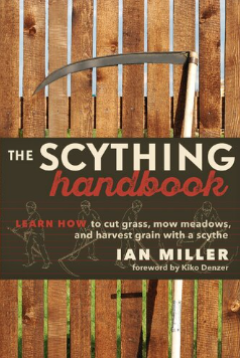
The Scything Handbook: Learn How to Cut Grass, Mow Meadows and Harvest Grain …
Need to whack the weeds in your orchard? Cringing at the drudgery and incessant blare of the mower? Imagine instead long sweeps of an elegant scythe cutting your grass and pesky weeds in blissful, meditative silence. That is the power of the "scythe revolution" sweeping North America. Written by a master of the scythe, professionally trained in Austria, and drawing deeply on research into ori…
- Edisi
- -
- ISBN/ISSN
- 978-1-55092-627-9
- Deskripsi Fisik
- 212 hlm.
- Judul Seri
- -
- No. Panggil
- -
 Karya Umum
Karya Umum  Filsafat
Filsafat  Agama
Agama  Ilmu-ilmu Sosial
Ilmu-ilmu Sosial  Bahasa
Bahasa  Ilmu-ilmu Murni
Ilmu-ilmu Murni  Ilmu-ilmu Terapan
Ilmu-ilmu Terapan  Kesenian, Hiburan, dan Olahraga
Kesenian, Hiburan, dan Olahraga  Kesusastraan
Kesusastraan  Geografi dan Sejarah
Geografi dan Sejarah